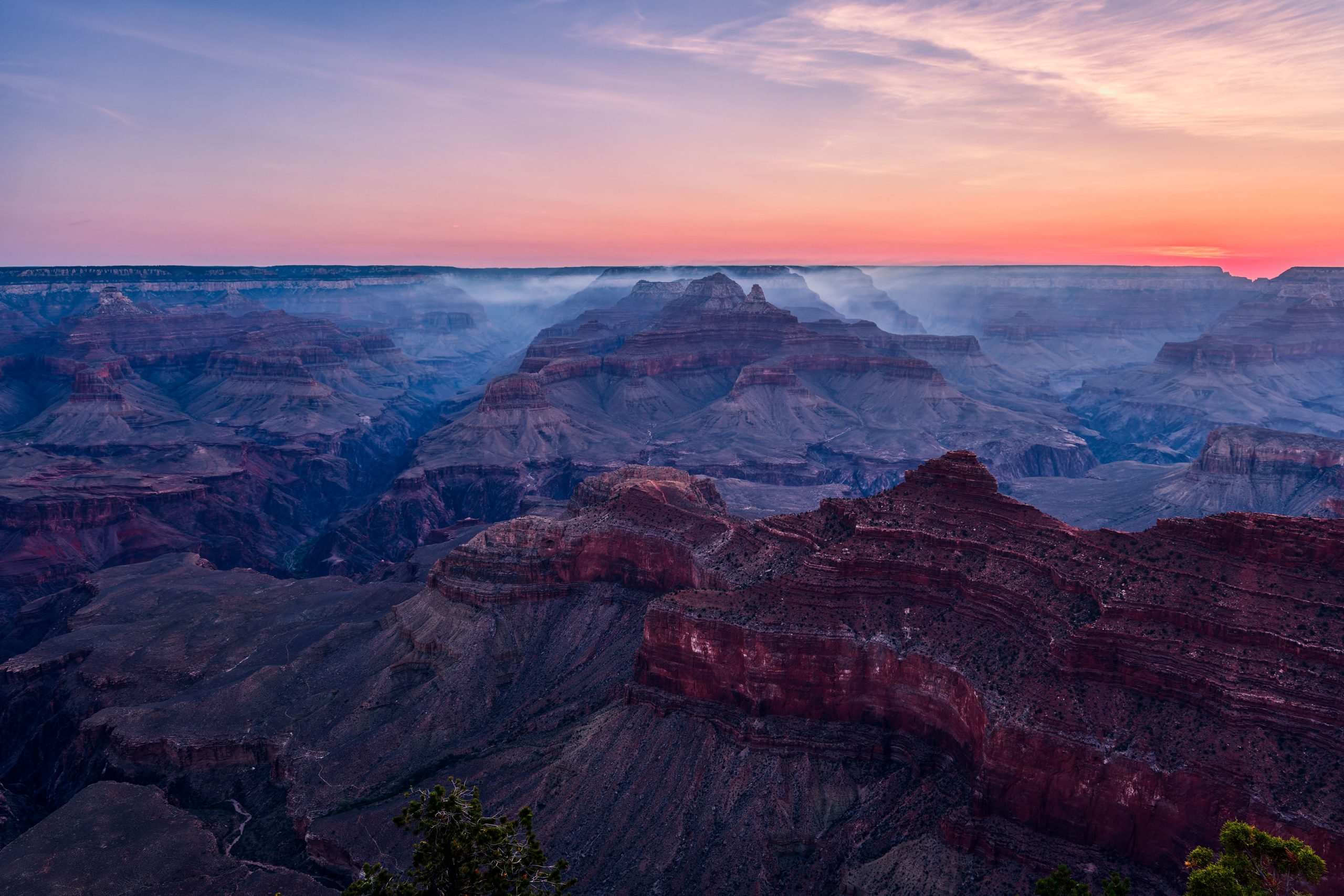Scientific photography is a specialized field of photography that involves capturing images for scientific purposes. It encompasses a wide range of specialties, each with its unique techniques, equipment, and applications. Some of the main specialties of scientific photography include:
- Microphotography: This involves capturing images of microscopic subjects, such as cells, tissues, and microorganisms, using specialized microscopes and cameras. Microphotography is widely used in fields like biology, medicine, and material science for research, documentation, and educational purposes.
- Astrophotography: This involves capturing images of celestial objects, such as stars, galaxies, and planets, using telescopes and specialized cameras. Astrophotography is used in astronomy and astrophysics to study the universe, track celestial events, and document astronomical phenomena.
- Medical and surgical photography: This involves capturing images of medical and surgical procedures, anatomical structures, and medical conditions for documentation, research, and educational purposes. Medical and surgical photography is used in fields like medicine, dentistry, and veterinary medicine to aid in diagnosis, treatment planning, and research.
- Wildlife and nature photography: This involves capturing images of animals, plants, and natural landscapes in their natural habitats for scientific documentation, conservation, and research purposes. Wildlife and nature photography is used in fields like biology, ecology, and environmental science to study and document biodiversity, ecosystems, and natural phenomena.
- Archaeological and anthropological photography: This involves capturing images of archaeological sites, artifacts, and anthropological subjects for research, documentation, and preservation purposes. Archaeological and anthropological photography is used in fields like archaeology, anthropology, and cultural heritage preservation to study and document human history, culture, and artifacts.
- Geographical and environmental photography: This involves capturing images of geographical features, landscapes, and environmental changes for research, documentation, and environmental monitoring purposes. Geographical and environmental photography is used in fields like geography, geology, and environmental science to study and document natural and human-induced changes in the environment.
- Scientific documentation and imaging: This involves capturing images of scientific experiments, research findings, and laboratory processes for documentation, analysis, and publication purposes. Scientific documentation and imaging are used in various scientific disciplines to record and communicate research findings, experimental setups, and results.
In each of these specialties, scientific photographers use specialized equipment, techniques, and software to capture and process images with high precision, accuracy, and scientific integrity. They often work closely with scientists, researchers, and other experts to ensure that the images accurately represent scientific subjects and meet the specific requirements of the scientific community.
